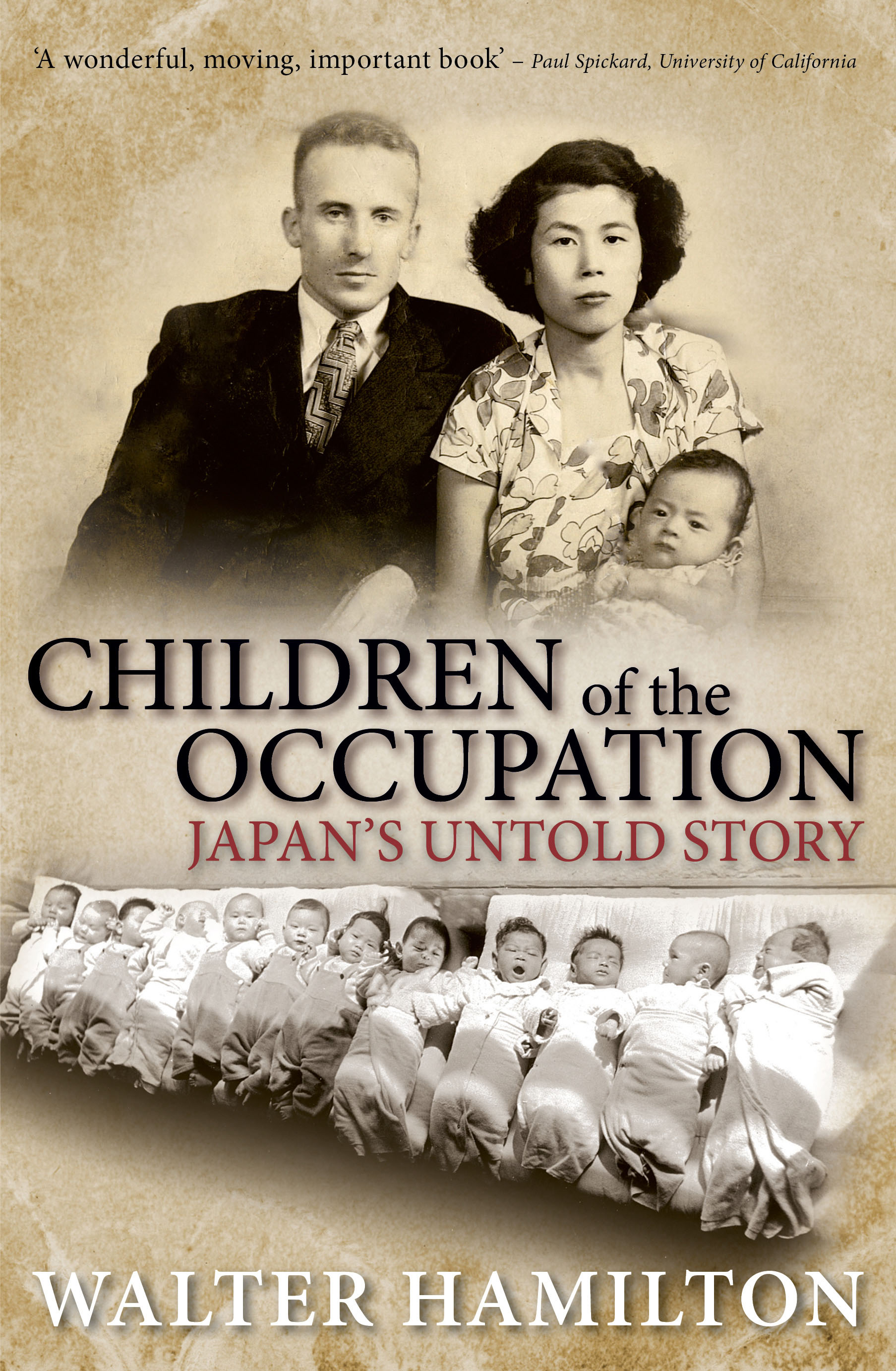The Marginalization of Afro-Asians in East Asia: Globalization and the Creation of Subculture and Hybrid Identity
Global Tides: Pepperdine Journal of International Studies
Volume 5 (2011)
15 pages
Pepperdine University, Malibu, California
Sierra Reicheneker
This article explores the topic of children born of biracial couplings in East Asia. The offspring of such unique unions face severe discrimination and marginalization. The status and future of this minority is especially salient in primarily homogenous states, such as Korea, Japan, and China, where racism varies from social stigma to institutionalized policies. The article will show that they have yet to create a cohesive group identity; they remain vulnerable to negative self-image and socially imposed isolation. In such nations, progress in equality for Afro-Asians will require key Afro-Asian leaders and public figures taking a stand against prejudices, as well as international pressure, and an increase in the number of biracial people due to globalization, in addition to the growing interconnectedness through New Media. Through these actions a hybrid identity and group mentality will form for the Afro-Asians of East Asia.
“All things are possible until they are proved impossible – and even the impossible may only be so as of now.” – Pearl S. Buck
The growing presence of an Afro-Asian population in Asia, particularly in Korea, Japan and China, has recently come to light in the global media. The homogenous nature of these countries exposes its biracial citizens to psychological marginalization. Despite the frequent trend within marginalized groups to create solidarity through a viable counter-culture, the Afro-Asian populations have not done so. However, with the increase in globalization, leading to larger numbers of biracial people born in these states, as well as their ability to connect through the Internet, this small minority will begin to form a group identity. This is furthered by icon-status Afro-Asians leading the way and acting as beacons of aspiration for all Afro-Asians. In addition, with the help of the international community in applying pressure on governments to change racist policies, an Afro-Asian subculture and hybrid identity is likely to emerge.
A Brief History
The first Afro-Asians were the product of American G.I.s during World War II. Starting in 1946, with the occupation of Okinawa and later mainland Japan, as well as the temporary military government of South Korea, Amerasian—including Afro-Asian—children became a visible reality in East Asia. The products of both prostitution and legally binding marriages, these children were largely regarded as illegitimate. When the military presence returned to America, the distinction between the two was, for all practical purposes, null. As the American military departed, any previous preferential treatment for biracial people ended, and was replaced with a backlash due to the return of ethnically-based national pride.
Korea has the largest Afro-Asian population in the Far East, due to increased interracial relationships during the Korean War (1950-1953). Once again, children were the product of both legitimate marriages and prostitution. After the war, the United States Congress passed acts to allow for immigration of biracial children, including the Amerasian Homecoming Act of 1987. The Korean government strongly supported the emigration of Amerasian children to the United States, considering it a “cost-effective way of dealing with social welfare problems,” as they viewed the children, particularly those from Black fathers, as “institutional burdens.”However, American military men looking to bring their Asian families to the states were heavily discouraged from doing so by their superiors; Marines in particular were threatened with court martial. Despite overwhelming support and willing adoptee families in the United States, the majority of Amerasian children remained in Korea. A staggering amount of mothers abandoned their babies, especially Afro-Asian offspring, either to be raised by distant, maternal relatives or to be sent to orphanages—though this is not the case for all of the Amerasian Koreans.
In China, the Afro-Asian people group is a newer phenomenon. They first began to appear beginning with African-American and African students coming to study in China, first in the city of Beijing and later in other larges cities, such as Nanjing, Hangzhou, and Shanghai. Prominent Afro-Chinese have recently been featured in international news, helping to bring to light the growing Afro-Asian population in China and in East Asia, as a whole…
Read the entire article here.



